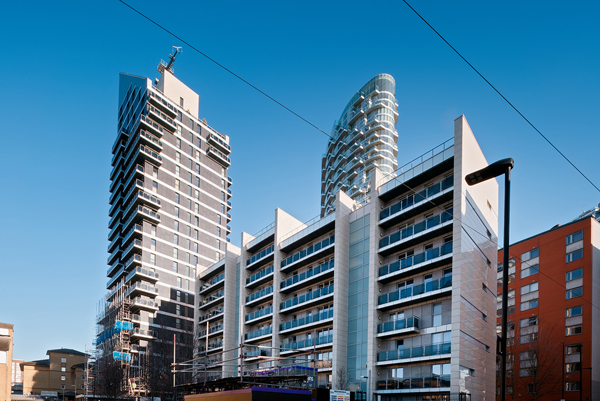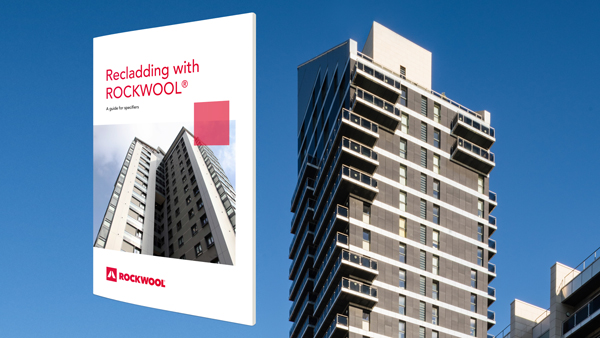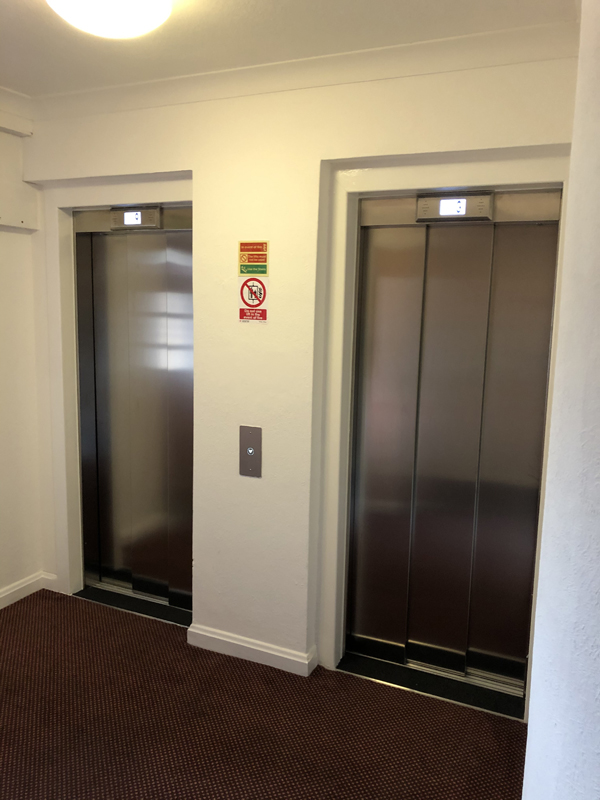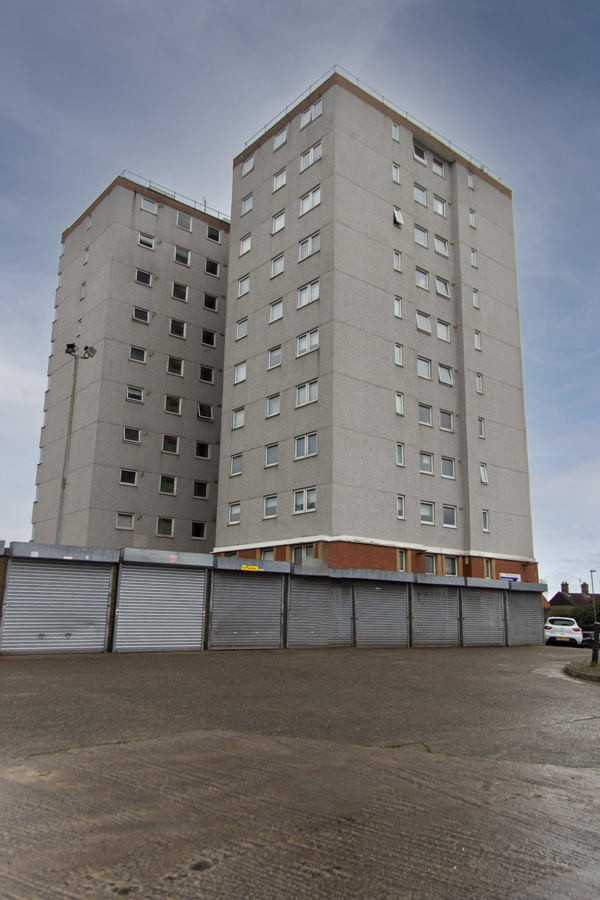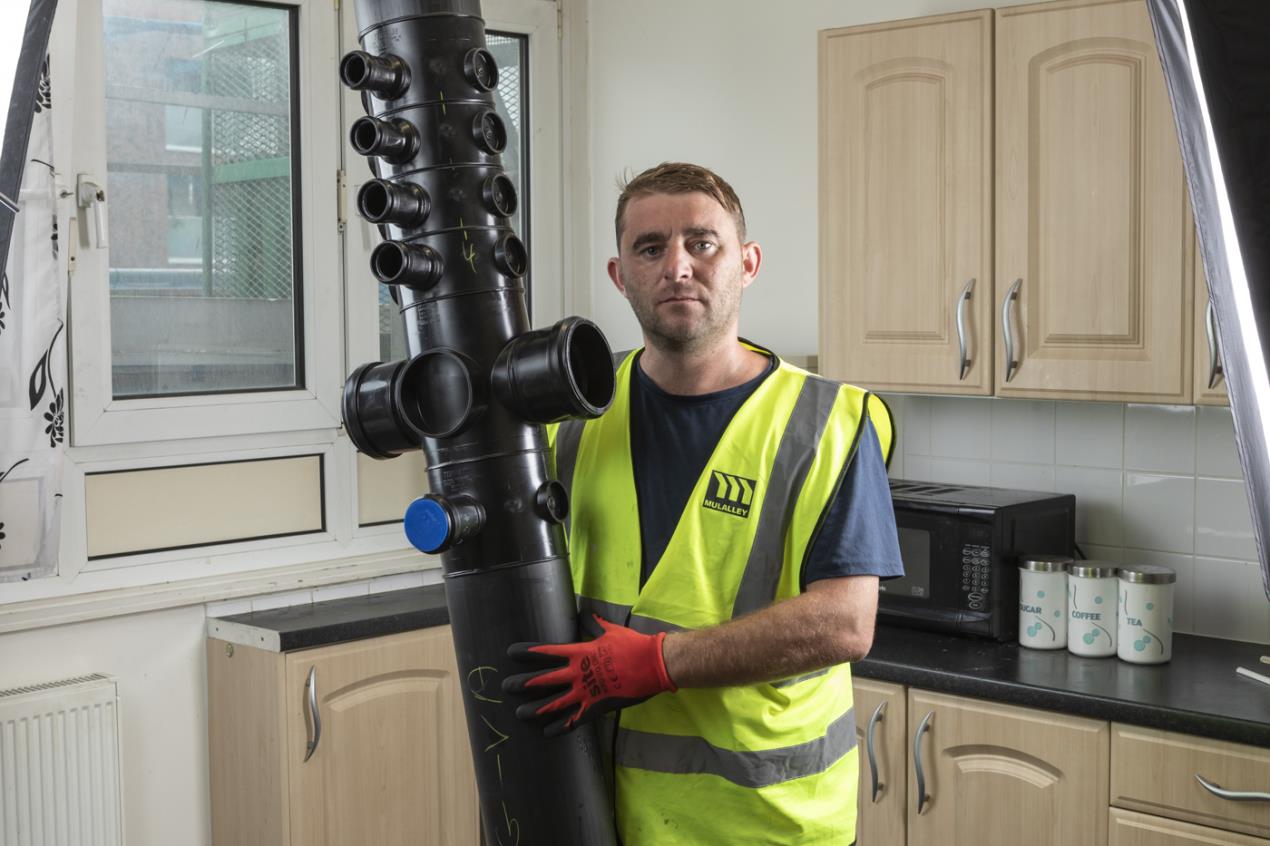Housing block uses ROCKWOOL® non-combustible insulation for recladding

Dan Court is a U-shaped seven storey building containing 138 one, two, and three-bedroom apartments in Wembley, London.
Following the ban on combustible materials in the external walls of relevant buildings over 18m1 in England which came into force in 2018, Catalyst Housing appointed Higgins Partnerships to undertake the reclad works and deliver a safe and compliant estate.














